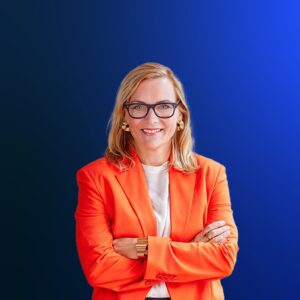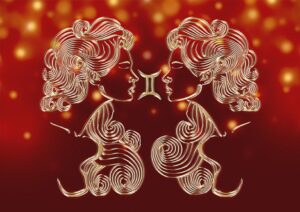Is AI Capable of Predicting the Next Pope? Challenges Faced by ChatGPT, Musk’s Grok, and Google Gemini

The Journey to Choosing the Next Pope: What AI Predicts
The Catholic Church is currently going through a crucial transition period following the death of Pope Francis on April 21. This moment of mourning also initiates the hunt for his successor, with various individuals—ranging from those within the Vatican to betting firms—eager to predict who will be elected as the next pope.
The Role of AI in Predicting the Next Pope
Artificial intelligence (AI) systems are being used to analyze potential candidates for the papacy. Several AI chatbots, including popular ones like OpenAI’s ChatGPT and Grok, which is associated with Elon Musk, were questioned about their insights on the possible contenders for this prestigious role.
Mixed Results from AI
Responses from these AI models showed a range of predictions. Both Grok and Google’s Gemini regarded Italian Cardinal Pietro Parolin as the most likely front-runner. Known as the Vatican’s Secretary of State since 2014, Cardinal Parolin has been a prominent figure throughout Pope Francis’s papacy.
Gemini even stated, “Based on current analysis and prominent discussions, Cardinal Pietro Parolin emerges as a strong contender.” This indicates a growing consensus around his potential candidacy, given his experience and familiarity with the inner workings of the Vatican.
Who are the Other Candidates?
While AI points to Cardinal Parolin as a strong choice, numerous other candidates have also been highlighted. Various discussions among Vatican insiders and analysts have identified at least eight additional figures potentially in the running. Here’s a short list of candidates thought to have a chance alongside Parolin:
- Cardinal Luis Antonio Tagle: From the Philippines, he has a global perspective and is well-regarded for his pastoral work.
- Cardinal Robert W. McElroy: Based in San Diego, he is known for his progressive views.
- Cardinal Matteo Zuppi: The Archbishop of Bologna has gained attention for his diplomatic style and connection to social issues.
- Cardinal Juan José Omella: The Archbishop of Barcelona, who has a reputation for dialogue.
- Cardinal Christoph Schönborn: A leading figure in the Austrian Church who has held various key roles in the Vatican.
- Cardinal Angelo De Donatis: The Vicar of Rome, who is viewed as a potential local candidate.
- Cardinal Peter Erdo: The Hungarian prelate who has been involved in various curial responsibilities.
These figures vary in their backgrounds, styles, and the theological perspectives they bring to the table. With the complexities of the papal election, the diversity among candidates reflects the rich tradition and modern challenges facing the Catholic Church.
The Dynamics of Papal Elections
The election of a new pope, known as a conclave, is shrouded in secrecy and often characterized by unpredictability. Cardinal electors, comprised mainly of bishops under the age of 80, gather in the Sistine Chapel to deliberate and vote. They are expected to consider various factors when choosing the next pope, including the church’s current state, global issues, and the need for unity among the faithful.
Election outcomes can hinge on personal relationships, strategic alliances, and the international landscape—elements that are difficult for AI to fully grasp. The mix of tradition with modern challenges creates an environment where every vote matters, and surprise outcomes are not unheard of.
As the Catholic Church prepares for this significant transition, the blend of hopeful speculation from human observers and predictive attempts by AI invites a multifaceted discussion about the future of papal leadership. The next leader will not only inherit the legacy of Pope Francis but will also navigate the Church through contemporary global matters that require wisdom and compassion.






